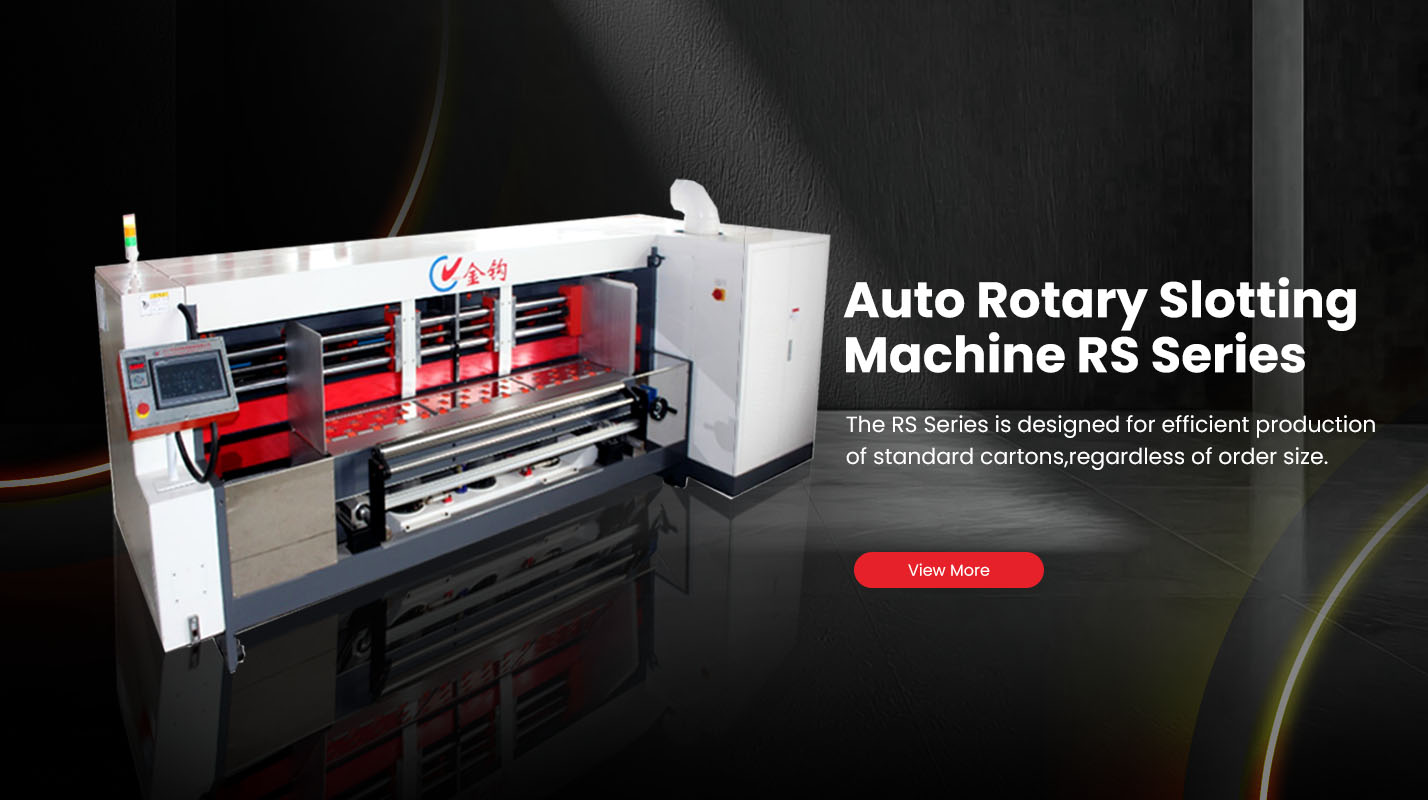The Rise of Smart Corrugated Box Machines in Modern Packaging
The corrugated packaging industry is undergoing a massive transformation. Once dominated by manual and semi-automatic systems, it is now being reshaped by smart corrugated box machines — advanced equipment that integrates automation, digital control, and data-driven operation.
As consumer expectations for faster delivery, sustainable materials, and customized packaging grow, packaging factories must produce more flexible, efficient, and precise box solutions. Smart machines make this possible, redefining how corrugated boxes are made.
What Are Smart corrugated box machines?
Smart corrugated box machines are digitally controlled, servo-driven systems that automate the entire carton manufacturing process — from feeding and cutting to slotting, creasing, and folding.
Unlike traditional mechanical systems that require manual adjustments, smart machines rely on PLC (Programmable Logic Controller) and HMI (Human–Machine Interface) technology to manage every step precisely.
With a few taps on a touchscreen, operators can change box dimensions, adjust knife positions, or switch production modes — instantly and accurately.
1. Automation Replaces Manual Operation
In traditional carton production, operators manually adjust knives, rollers, and scoring wheels, which is time-consuming and prone to error. Smart corrugated machines eliminate these limitations.
Servo motor control automatically positions each tool with micrometric precision.
Auto-feed systems handle corrugated sheets smoothly without manual alignment.
Integrated folding and gluing units complete box assembly in one continuous flow.
This automation significantly increases production speed while reducing labor intensity and setup time.
For example, JINGOUPACK’s servo-driven box forming machines can achieve setup changes in under 3 minutes, compared to 20–30 minutes on traditional models.
2. Precision Through Digital Control
The core of every smart machine is its digital control system, which ensures consistent quality across every sheet.
Cutting, slotting, and creasing accuracy within ±0.3 mm.
Automatic alignment to prevent material skewing.
Real-time adjustments based on sensor feedback.
Digital precision not only improves box consistency but also minimizes material waste — a key advantage for high-volume factories and short-run custom packaging.
3. Integration with Data and IoT Systems
The next generation of corrugated packaging machinery is designed to connect — both within the factory and beyond.
Smart machines can now:
Record production data such as sheet count, speed, and downtime.
Communicate with ERP or MES systems for centralized scheduling.
Enable remote monitoring and performance diagnostics.
Through IoT integration, managers can track production metrics, schedule preventive maintenance, and optimize overall equipment efficiency (OEE) — all from a single dashboard.
4. Faster Changeovers and Customization
With growing demand for small-batch and custom packaging, the ability to change box size quickly is essential.
Smart corrugated box machines excel in this area by offering:
Digital job storage — saving multiple production presets.
Automatic tool positioning for new dimensions.
Seamless transition between box styles (RSC, FOL, die-cut, etc.).
Factories serving e-commerce, FMCG, and retail sectors can handle more diverse orders without sacrificing productivity — a must in today’s on-demand manufacturing environment.
5. Sustainability Through Smarter Operation
Sustainability is no longer optional — it’s a requirement. Smart machines help achieve eco-friendly manufacturing by reducing waste and optimizing energy consumption.
Servo motors use power only during movement, saving energy.
Precision cutting ensures maximum material utilization.
Real-time monitoring prevents overproduction and rework.
According to field results from JINGOUPACK’s automated lines, smart machines can reduce corrugated waste by up to 20% and energy use by 15%, directly contributing to greener production.
6. Enhanced Safety and Reliability
Modern smart corrugated machines are not only faster — they are safer.
Every system is built with CE-certified safety controls, including:
Emergency stop buttons on all sides.
Safety doors with automatic power-off sensors.
Overload and grounding protection.
These features safeguard operators while maintaining consistent performance during continuous operation.
7. Lower Long-Term Costs
While the initial investment in smart equipment is higher than traditional models, the return on investment (ROI) is quick and measurable.
Savings come from:
Reduced labor (1 operator can manage an entire line).
Lower maintenance costs due to digital diagnostics.
Reduced waste and downtime.
Increased daily output.
Many factories recover their investment in 12–18 months after switching to smart automated systems like those from JINGOUPACK.
8. Smart Machines and the Future of Packaging
The corrugated packaging market is rapidly embracing Industry 4.0 principles — automation, interconnectivity, and analytics.
In the near future, factories will feature fully integrated lines where:
Slitting, slotting, and forming machines communicate digitally.
Real-time data drives production scheduling.
AI monitors equipment health and predicts maintenance.
Smart corrugated machines are not just tools — they are digital partners that will shape the packaging factory of tomorrow.
9. JINGOUPACK’s Smart Corrugated Solutions
JINGOUPACK leads the movement toward smart packaging automation with a full range of advanced corrugated machinery, including:
Automatic Box Forming Machines – with servo control and digital setup.
slitter scorer machines – for high-precision sheet processing.
Rotary Slotters – for fast and accurate box cutting and creasing.
Small Batch Box Makers (CK25 Series) – for on-demand, flexible production.
Each machine integrates intelligent control systems, CE-certified safety designs, and energy-efficient components to deliver sustainable, high-performance packaging production.
10. The Advantages of Going Smart
By adopting smart corrugated box machinery, manufacturers can expect:
Up to 40% faster production speed.
20–25% reduction in material waste.
30–40% savings in labor and setup costs.
Improved consistency and product quality.
Seamless integration with digital factory management.
These gains position packaging factories for long-term competitiveness in an increasingly digital and sustainable global market.
Conclusion
The rise of smart corrugated box machines marks a turning point in modern packaging.
Automation, data intelligence, and precision control are reshaping how boxes are designed, produced, and delivered — faster, cleaner, and more efficiently than ever before.
By investing in digital-ready equipment like JINGOUPACK’s intelligent box forming and slotting systems, manufacturers can unlock new levels of efficiency, flexibility, and environmental performance.
The future of packaging is here — and it’s smart, connected, and sustainable.





